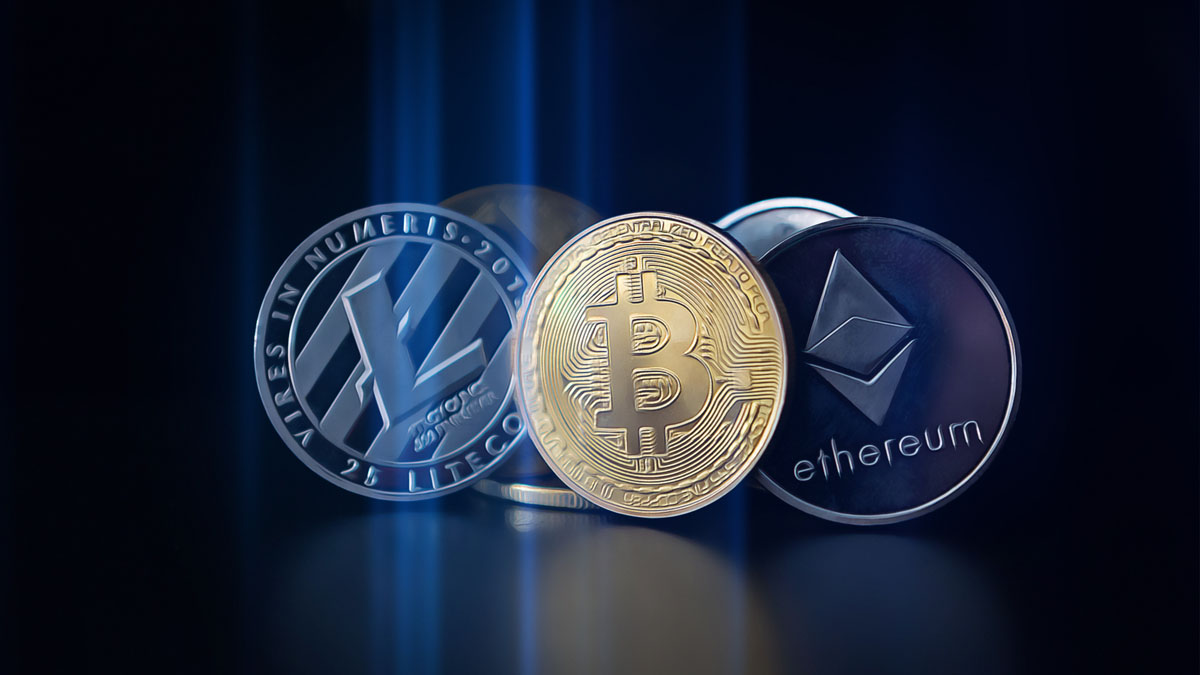Bitcoin‘s value has dropped below $59,000 due to profit-taking activities, even in light of favorable macroeconomic indicators. A significant transfer has further delayed any swift recovery. This decline in cryptocurrency prices is partly attributed to actions by the US government. Despite reduced fear in the market, the surplus supply continues to exert pressure on prices.
Why Sell Silk Road BTC?
The US government has been selling assets seized during law enforcement operations. Recently, data from Arkham indicated that 10,000 BTC, valued at $600 million, was transferred to a Coinbase address. This follows a deal between the US Department of Justice and Coinbase Prime, where Coinbase assists in storing and selling these seized assets.
Arkham’s recent update revealed, “A wallet that received 10,000 BTC from a known US government wallet 2 weeks ago has now sent the assets to a Coinbase Prime address.” The Silk Road marketplace, once a dark web hub, was dismantled, and the DOJ has been liquidating the seized assets as authorized.
Impact on BTC Sales
Transfers to Coinbase Prime shouldn’t be seen as immediate sales on public exchanges. Coinbase also deals in over-the-counter (OTC) transactions, particularly for ETF issuers and institutional clients. Given the strong demand in the ETF channel, offloading thousands of BTC daily remains feasible.
The US government holds a substantial reserve of 203,239 BTC, worth $12 billion. Among its top assets are $133 million in ETH and $121 million in USDT. Meanwhile, Mt. Gox has nearly completed its repayments, significantly impacting the market.
Key Takeaways for Investors
- US government’s BTC sales can create market pressure.
- Coinbase’s role includes OTC transactions, not just public sales.
- Mt. Gox repayments have largely concluded, affecting Bitcoin’s circulation.
- Current BTC price hovers near $60,000 with potential market stabilization.
The current situation indicates a complex interplay of government actions and market demand. While large asset sales create short-term pressure, strong ETF channel demand may help absorb the impact. Investors should stay informed about these developments to navigate the volatile landscape effectively.









